Bitcoin’s mining difficulty witnessed its sharpest drop in over 1.5 years today. In the latest adjustment that took place at a block height of 842,688, the difficulty dropped to 83.15 trillion. A similar level was registered towards the end of 2022, when Bitcoin was trading around its cyclic lows, sub $20k.

The next difficulty adjustment is scheduled after 2016 blocks, i.e. roughly a fortnight later. According to estimates, it would further drop by 0.23% to 82.96 trillion. Mining difficulty typically gauges how difficult it is to mine a new block. As and when the number of miners increase, it becomes more difficult to mine BTC, owing to the competition.
This latest difficulty adjustment took place on the back of the hash rate drop. Around the time of the previous adjustment, this metric was hovering in the 600-700 EH/s bracket, but now, it’s down by another level. At this stage, it is worth recalling that Bitcoin’s latest halving took place on 19 April. Around the time of the highly-anticipated event, Bitcoin’s difficulty rose by ~4% [pre-halving] and ~2% [post-halving]. These fluctuations indicate that miners were notching up the hash rate to prepare for the drop in the rewards. Parallelly, the hype around Runes - a fungible Bitcoin token standard - helped the ball roll over a little further by aiding miners earn from transaction fees.

Right after the halving, the hash price clinched a two-year high of $182 PH/s per day. This metric indicates how much a miner can look forward to earning from a certain amount of hash rate. Almost immediately after spiking, the downfall started and the hash price succumbed to a 70% haircut. At press time, it was seen oscillating below $50 PH/s per day.

It might seem that miners are in a tricky position at the moment, but well, this is not something that just happened out of the blue. They were expecting it and had been prepping for this period of uncertainty. In fact, the latest drop in difficulty could prove to be a boon for miners and provide them with some post-halving respite.
Furthermore, miner netflows have not fluctuated drastically over the past month. Three inflow spikes were registered during the said period and were subsequently followed by outflows of similar magnitude, off-setting and balancing the state of affairs. If miners were indeed in distress, they’d be rampantly selling their coins to cater to costs. That has not essentially been the case, affirming that they’d be able to weather through this phase too.
















.webp)

.webp)
.webp)

%20(1).webp)
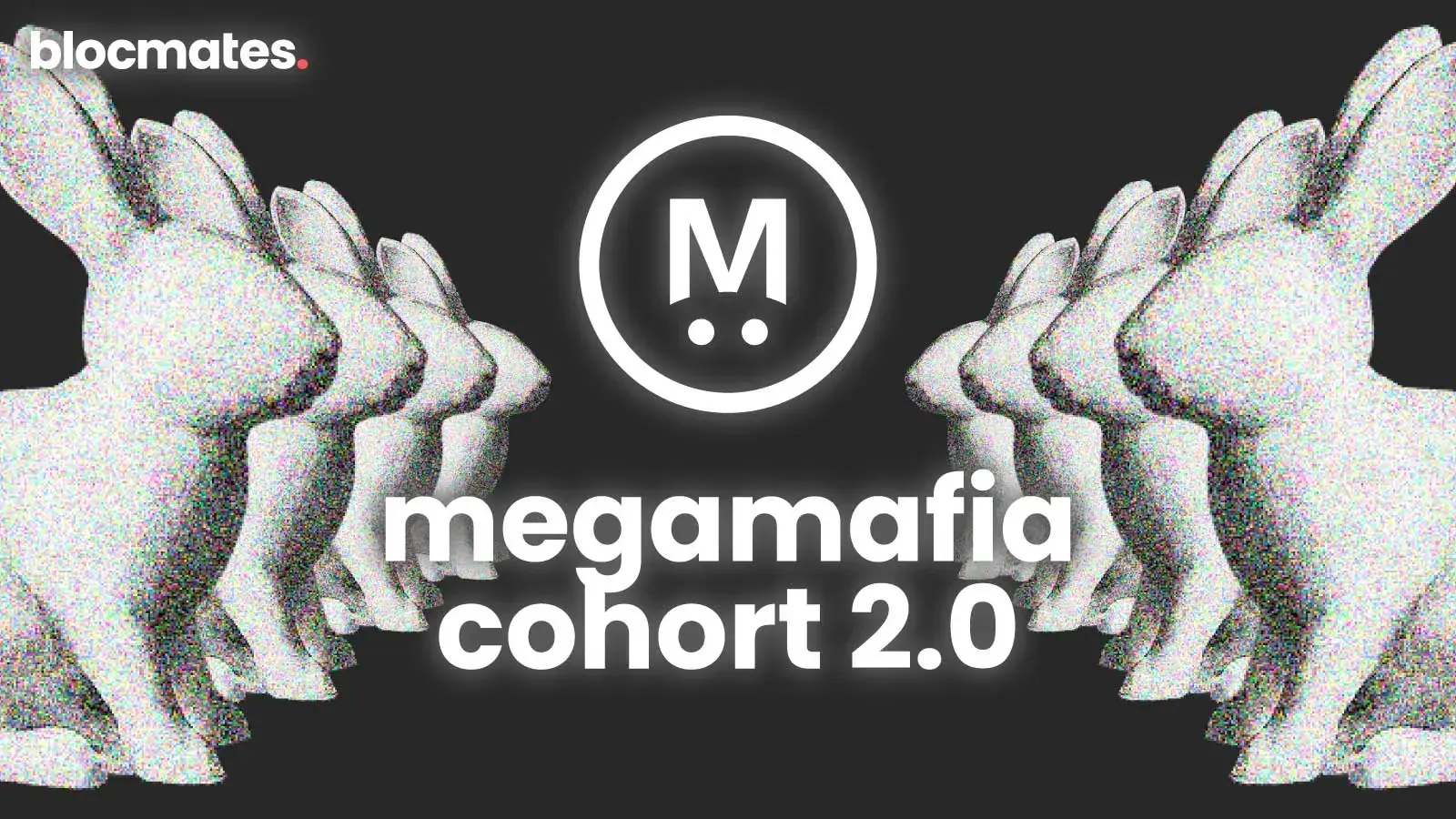




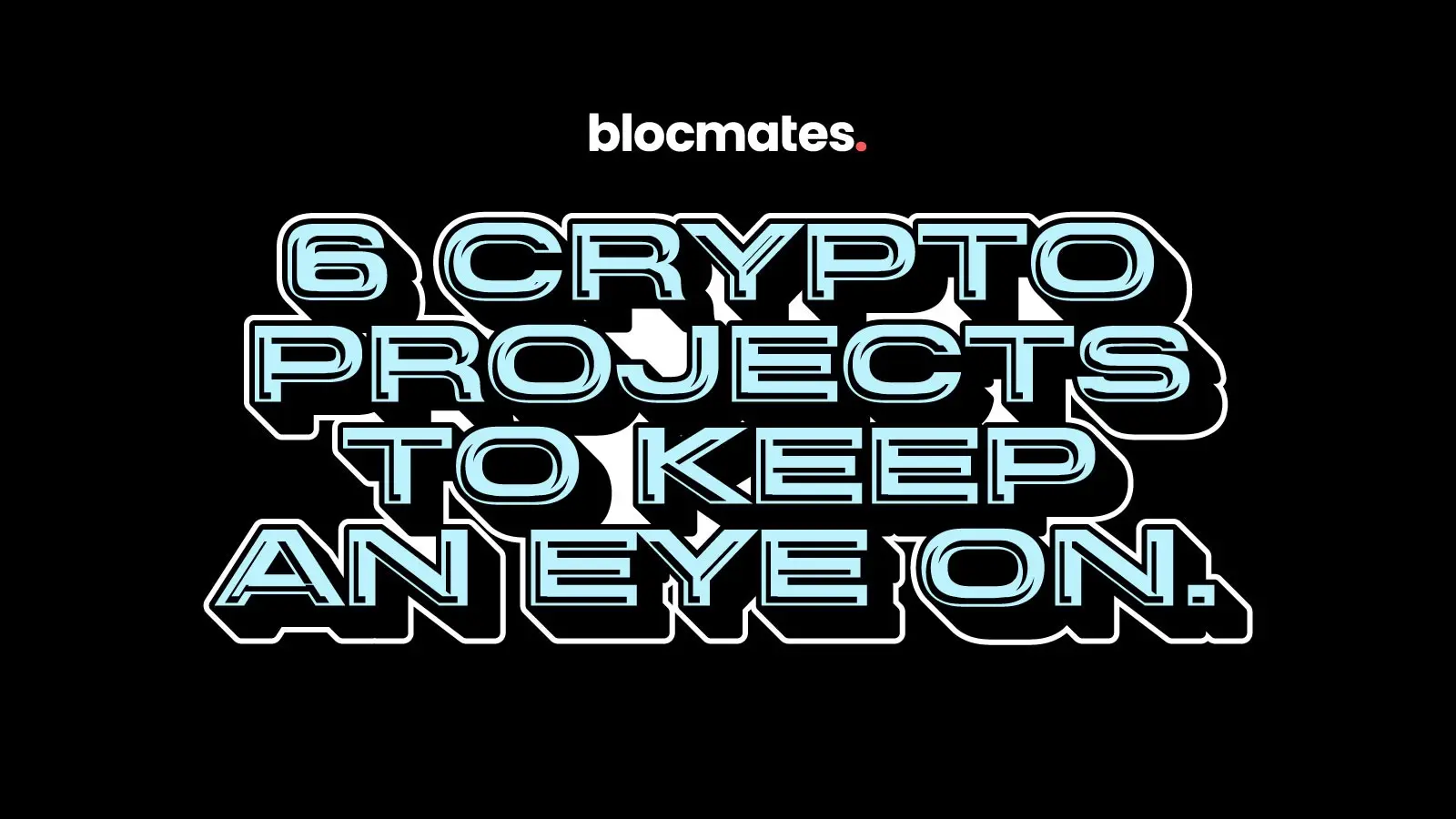
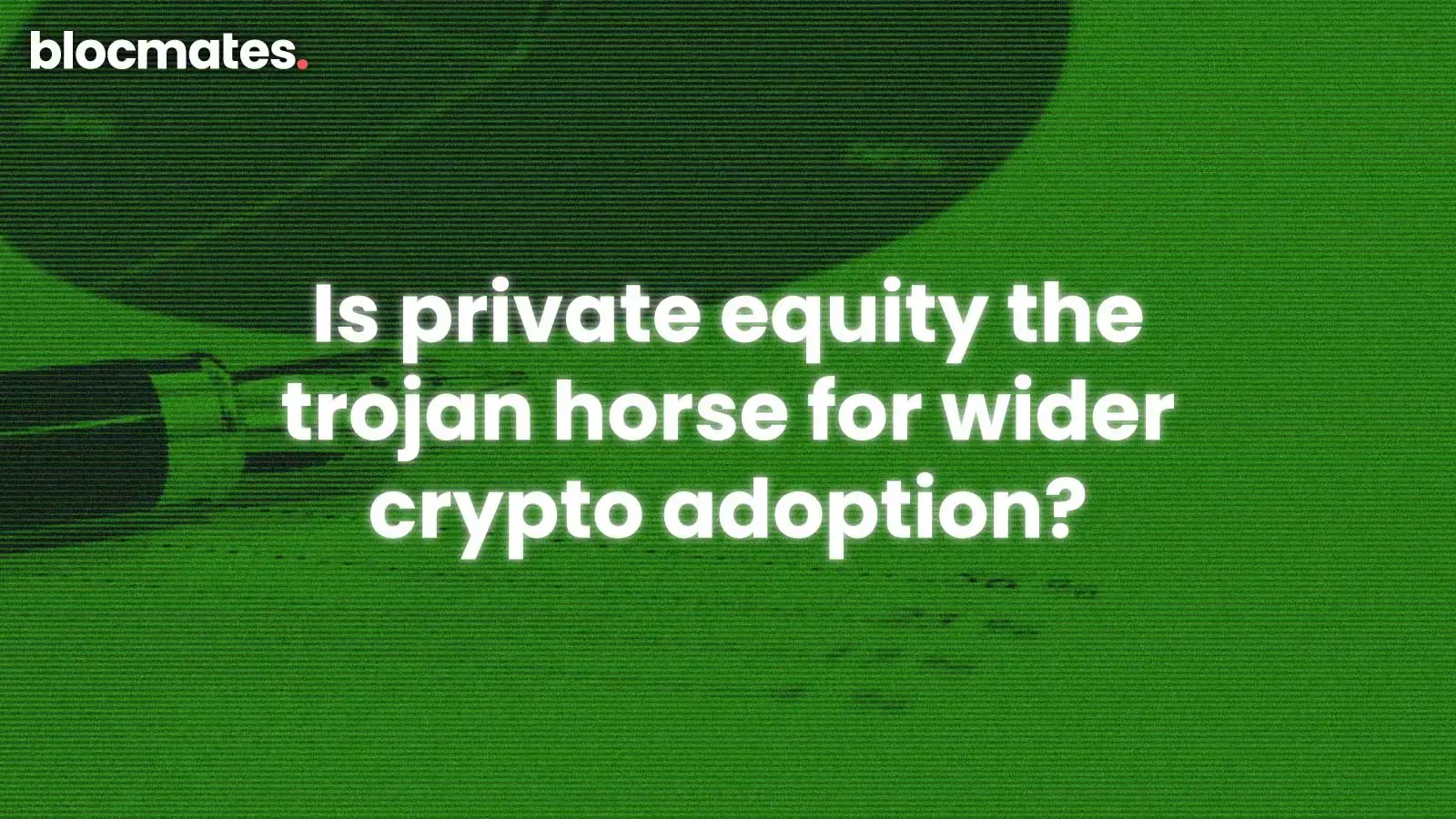











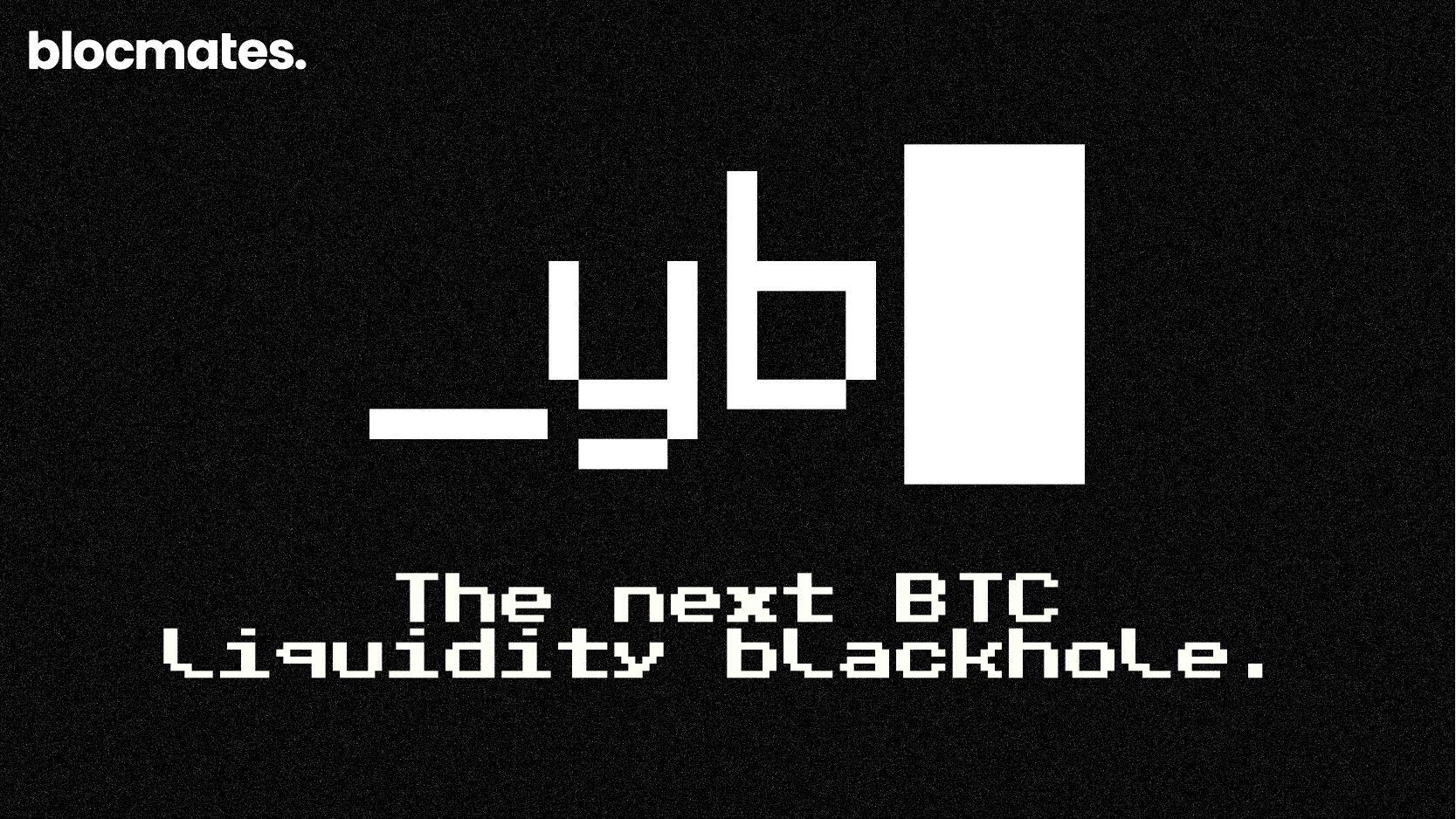








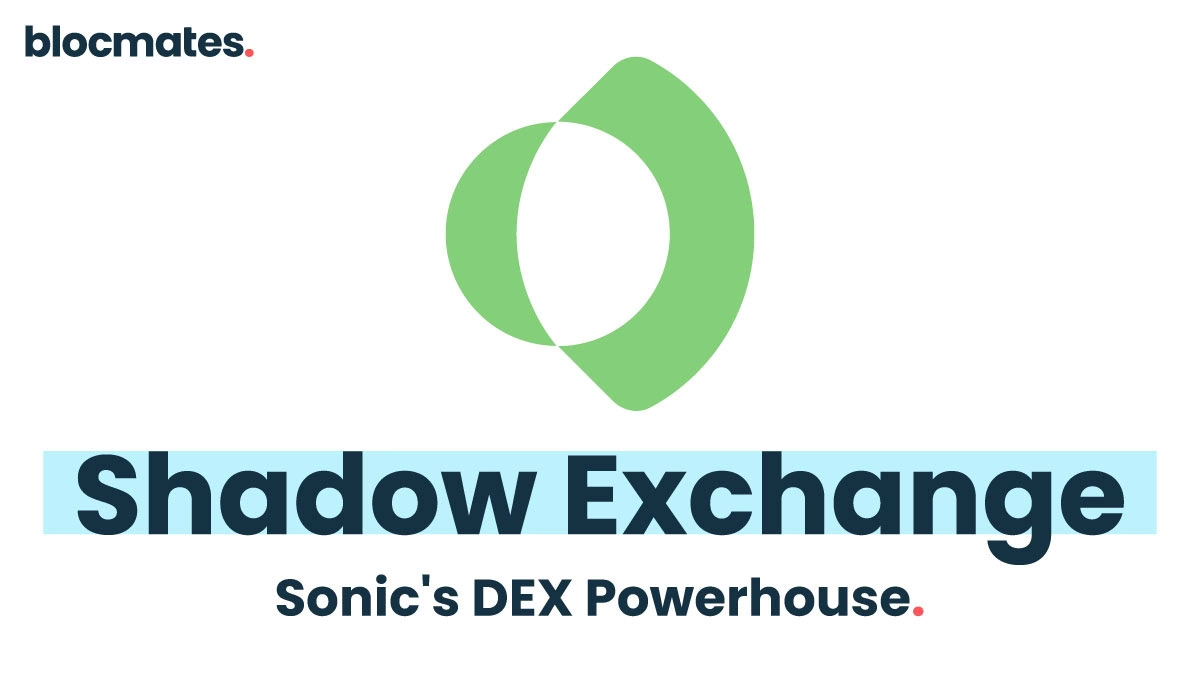































%202.webp)


.webp)

.webp)
.webp)
.webp)



.webp)












%20the%20Next%20Big%20Unlock%20in%20AI.webp)




.webp)
.webp)

.webp)
.webp)
.webp)


.webp)
.webp)










.webp)


.webp)









.webp)







.webp)




.webp)


























.webp)







.webp)











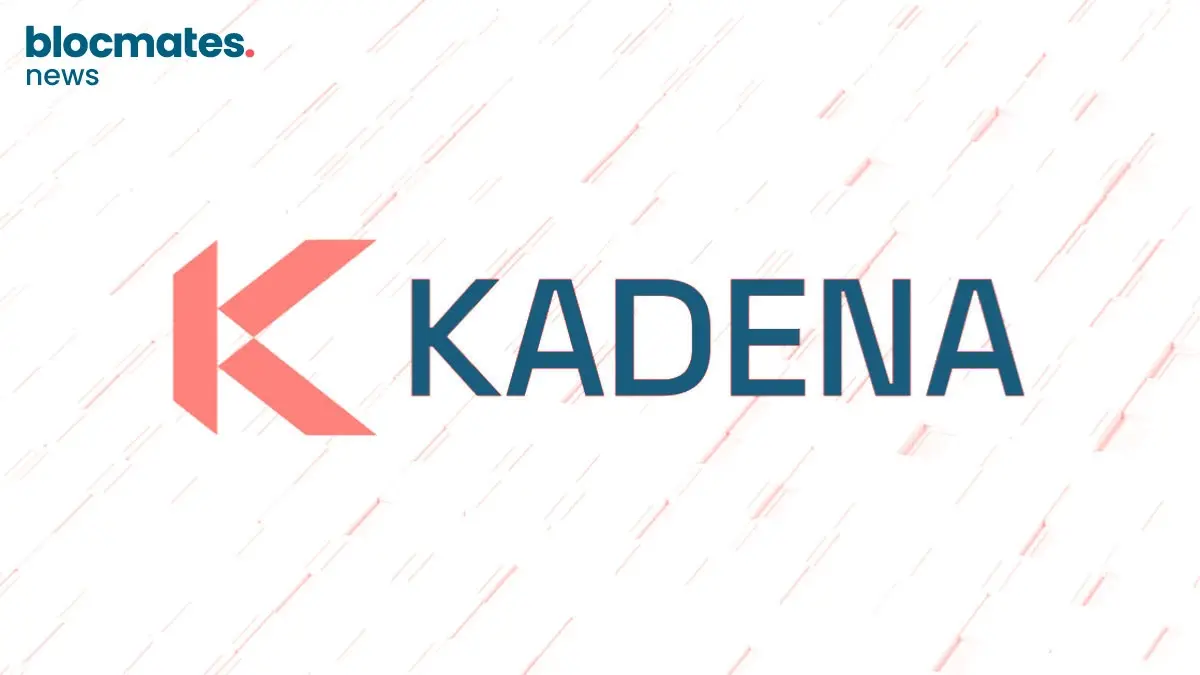



.webp)

.webp)
.webp)

.webp)














.webp)

.webp)


.webp)



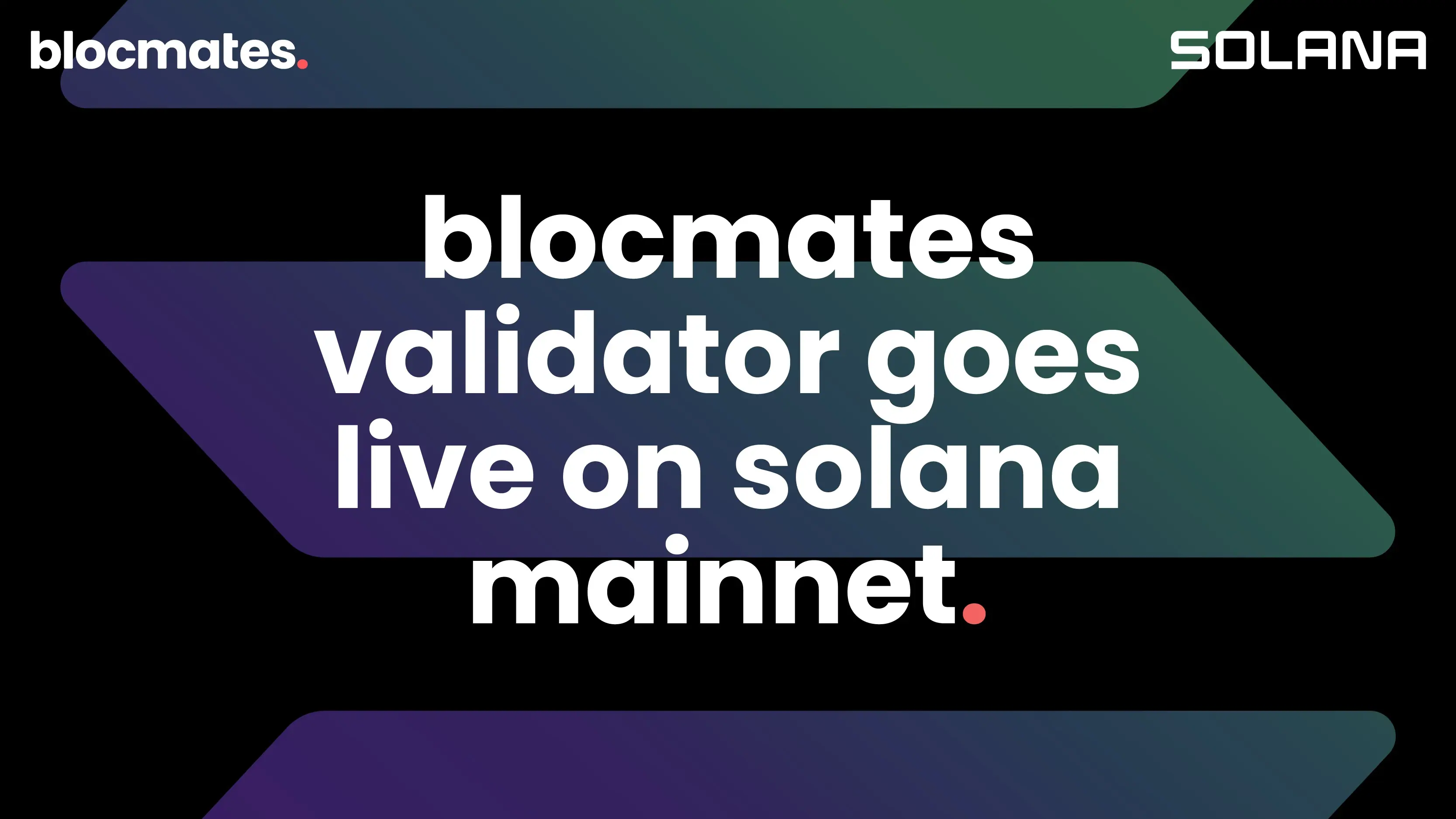




.webp)




